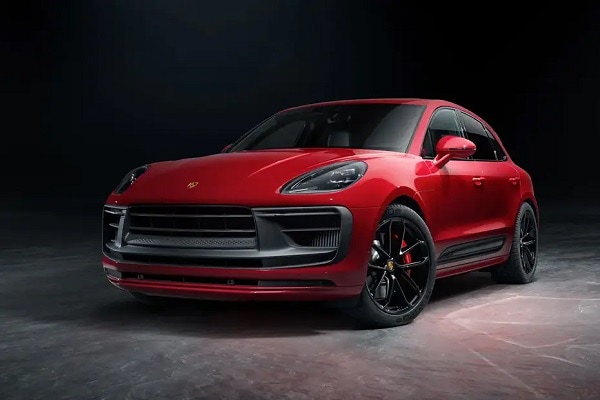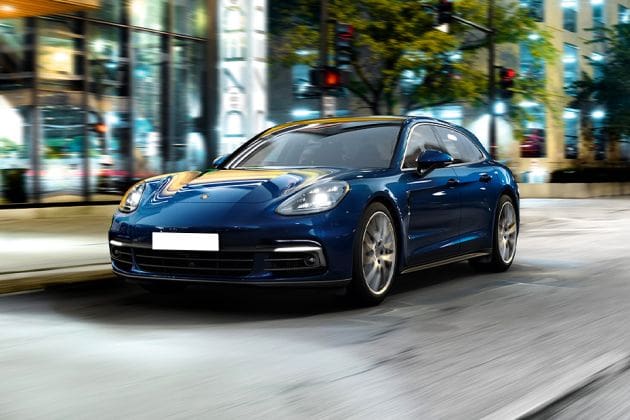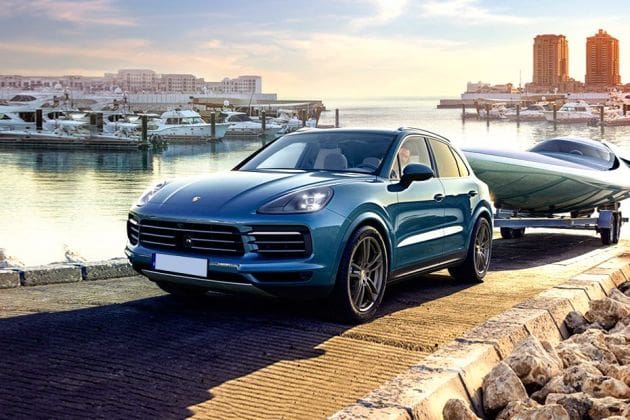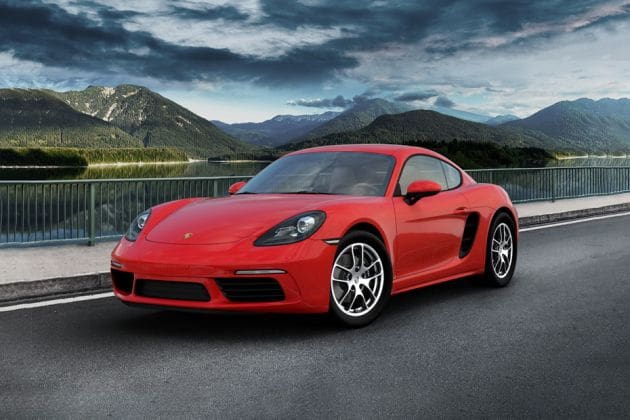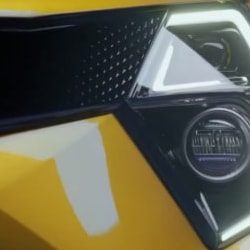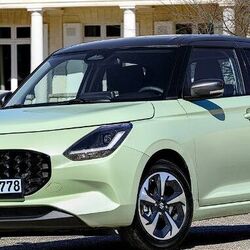Driving the $185,000 Porsche Taycan: It’s a stealth revolution


When drivingthe 2020 Porsche Taycan Turbo S, there is a direct connection between aggressionand battery life.
The ride up Highway 2 to Newcombs Ranch restaurant, highabove Los Angeles, loops you through hills until you’re 5,600 feet above sea level.It’s a thrilling locationto test the Taycan, the perfect place to revel inits whoppingstrength and inexorable speed.Italsosucked almost 40% of the total battery life. As I climbed past the signs to Wrightwoodand the hairpin curve carved next to the lonely ranger station halfway up, I watched the charge seep out of the car like I was watching my fate unfold in an old-fashioned hourglass.
Also check these Cars
Upon arrivingat the top, as I parked next to the big white sign out front, I fretted:I may have cut it too close. Would this newfangled electric Porsche have enough juice to make the 40 miles all the way back down?
Naturally, the Taycan used only 2% of battery on the way back down. The regenerative brakes, I must say, are the best I’ve felt in any electric vehicleever:responsive, strong, and, most crucial, smooth.In the end, it was all good. More than good—exhilarating.
A star arises
I had been very curious to know how this svelte sedan fits into the current galaxy of electric and plug-in cars. Going into my test drive of the $185,000 Porsche Taycan, I was armed with time behind the wheel of everything else on the current market of electric performance: the Polestar 1, the Jaguar I-Pace SUV (“a cheaper, sexier Model X"), the BMW i8sports car, electric MINIs, the Tesla models S and X, the now-infamous Fisker Karma (as I said at the time, “this is a very bad car"). Heck, I even had the world’s first drive of the pure-electric,carbon-neutral Pininfarina Battista.
While the Taycan doesn’t have a huge competitive set, it finds itself in an elite context. All these cars have great strengths and scattered weaknesses. Some, like the Polestar 1, are significantly stronger than mostwhen it comes performance, range, creature comforts, and value. Compared to the Taycan, Volvo’s luxury offshootoffersa stylish, plush coupe that is smaller but has longer range.
Others earn kudos for beating the pack to market (in the case of the BMW i8, by a decade or so); still others will go down in history as being the revolutionary impetus to an entire sea change in the industry (the Model S). The Taycan looks better than the Model S and is better built, too, with a true sense of engineering and creature comforts that only a 71-year-old German automaker such as Porsche can provide. From the leather dashboard and seats, the metal knobs and the sound of the doors when they thud shut, Taycanfeels like a real car, not an appliance or a big computer on wheels. Sorry, Elon.
That said, please note: This is the story of the gradual evolution of progress, not a quantum leap forward. Each of the vehicles in this EVset all (still) take roughly eight hours for a full battery charge on most chargers and record 250 to 300 miles of driving range, give or take. Taycan is marginally better than most, but at this point it’s a status symbol just as much as it’s a great driving car.
A nod to history
The Taycan itself—this one white, like the Mission E concept before it—was delivered to me recently ona quiet Saturday morning. It rolled into a downtown L.A. driveway and then sat, humming almost imperceptibly, while I walked circles around it. It looks like space, rounded at the front with a sloping hood and curved fenders. I lovethe dark, panoramic rooftop that spansthe length of the body—you don’t notice it at first, but the effect makes the car seem stealthy when it moves. The headlights, too, are great: Oriented so they hangvertically, like fangs, their four-point LED beams form perfect brackets to the front of a car, like the perfect frame around your favorite photo.
I opened the door: Everything I had anticipated about its cabin came to life the moment I satbehind the steering wheel, like black and white turning into technicolor. The Taycan feels futuristic and, at the same time, also familiar in an inevitable kind of way, like a message transmitted from another galaxy that was written centuries ago. The center console between the two front seats, near where my elbows hit, has a wide touchscreen that formsa thick divider between thepeoplein the front of the car. It could easily have been mocked up from the 928’s own center console design, a pleasing nod to history past at Porsche. (The 928 was discontinued in 1995.)
The console, refreshingly simple in touchscreen format, takes up the bulk of the center area on the dash, providing access foradjusting climate, navigation, drive settings, and audio. There are lots of other screens in the car—53 total inches, with virtually no buttons or knobs, except for those on the steering wheel. Behind it,a 16.8-inch screen is customizable through either a three-gauge setup or the traditional five-gauge setup found in vintage Porsches worldwide; the dials show speed and engine revs, maps, battery levels, range, and drive modes.
Thankfully, Porsche has seen fit to include all the necessary storage space, cupholders, and the likeinside the Taycan, while leaving the rest minimal. Two “trunks" come as expected, in the traditional back of the car and under the hood. The rear seat will easily fit two adults, though legs may begin to feel cramped after a few hours in the back.
The juice underneath
By now, you know the performance stats: 750 horsepower; zero to 60 mph in 2.6 seconds; two “gears" (one for strong power under lower speeds, the other for sustained efficiency at high speeds); and a range of 256 electric miles on a single battery charge. But driving, of course, is different than reading figures compiled under test lab-perfect conditions.
My first sensation as I pushed the accelerator pedal heading up Angeles Crest outside L.A. was one of heft: The 5,100-pound Taycan feels solid and brawny, like a proper GT car. This is no sport coupe; it’s not light, and it’s not a whip-around kind of car. This is a car for adults with real needs, who do proper driving. It’s stealthy and docile when needed, withkiller instinct on tap.
I didn’t so much as hear the car as feel it move beneath me, but as I accelerated to 40 mph or so,the sound of the tires on the road emerged, as didthe hummm of the motors as they operated all around me. Did anyone I passed on the street realize I was driving the special new electric Porsche that the company had been hyping for years? Not to my knowledge. I didn’t get a single glance. Not even the highway patrolman I passed on the way up to Newcombs noticed me doing, well, considerably more than the speed limit permitted. (That may actually be an additional benefit ofthe Taycan’s family sedan looks, and its quiet drive.)
Porsche, by the way, claims it has no plans to phase out the similarly-shaped Panamera; at the same time, it hasn’t said it will electrify that one specifically, either.The compact SUV, theMacan, has already been announced as next in line for EV capability. Watch this space closely to see how thatall unfolds.
The second thing I felt when I drove was pure speed. The Taycan swallows miles with voracious abandon, showing no effort whatsoever, practically inhaling asphalt and gliding over potholes as you reachtriple-digit speeds much quicker than you’re probably used to. In simple terms: It’s so fun. Driving Taycan feels as if you’ve sat into a huge magnetic disc hovercraft that whirrrrss up and down the road. It is balanced to perfection around corners andnever falters or hesitates pushing up around a bend.You’ll thrill to the feeling of it, egged on by the whirring sound of the motors and the sound of the tires. Anyone who says electric cars aren’t as exciting to drive as combustion-engine cars hasn’t driven thisone. It’s intoxicating.
Not the first, but the most important
The Taycan is not the first electric vehicle to bear the Porsche name, though it is by far the most significant.
TheEV distinction belongs to the Lohner-Porsche Electromobile, which debuted at the Paris Auto Expo in 1900. Porsche’s“Semper Vivus" hybrid vehicle debuted soon after, both short-lived experiments doomed by underpowered motors and the lack of any EV infrastructure whatsoever.
But the Taycan is easily the most revolutionary car Porsche has ever produced,the most do-or-die proposition in any form that the 71-year-old brand has considered since it introduced the 911—to vociferous criticism—in 1963. (Critics then thought 911 was an abomination in the face of the simple, slow, and curvaceous 356 that Porsche had produced since 1948.)
I don’t envy the engineers and designers and executives responsible for bringing forth Taycan since the Mission E Concept debuted four years ago. In the auto industry, as in life, you get one chance to make a first impression—especially a first impression that is meant, ideally, to land an eventually fatal blow to Tesla. The Taycan is the figurehead of a $6 billion investment into electric mobility that will eventually reach even the 911. It represents the most money Porsche has ever spent on a new model. And it provides the new electric platform Volkswagen-owned sibling Audi will borrow for its own e-Tron series. It must be perfect.
I predict that wealthy, conscientious, image-conscious consumers will consider it so. As will the Porsche faithful—many of whom are wary of what an electric car means for the fate of the internal combustion engine at one of the sports car brands that have produced it most iconically. Those still voicing concerns as towhether Taycan qualifies as the new jewel in the Porsche crown, I’m guessing, haven’t driven it yet. It’s the perfect augmentation to a garage already sporting a Macan SUV or911.
I suspect the worst thing about the Porsche Taycan, in fact, will be trying to get one. Porsche said it would plan to make 20,000 of them in the first year of production—but orders, by all accounts, are closer to 40,000. To put that into perspective, Porsche sold 35,000 911s last year,and fewer than 25,000 Caymans and Boxsters combined. What’s more, Porsche has already announced production delays at the new Zuffenhausen factory as the company works to meet demand. According to Calvin Kim, the Porsche spokesman in charge of Taycan, wait lists to receive pre-ordered Taycans will reach into multiple months.
To which I say, have patience. Taycan is worth the wait.








 93.4 kwh
93.4 kwh 302 km
302 km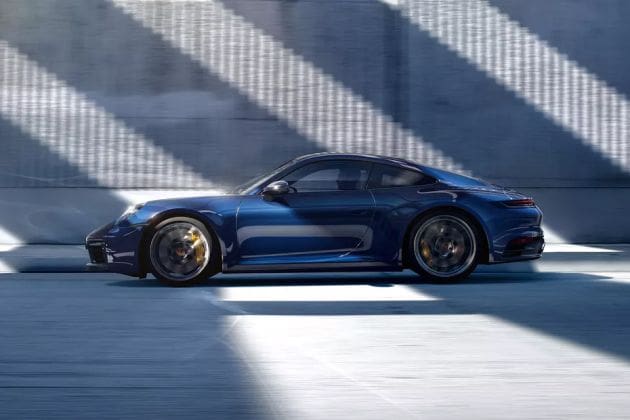
 3745.0 cc
3745.0 cc Petrol
Petrol